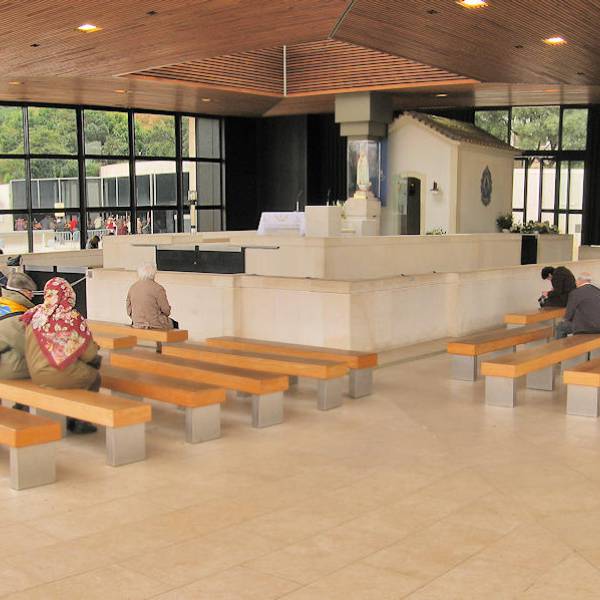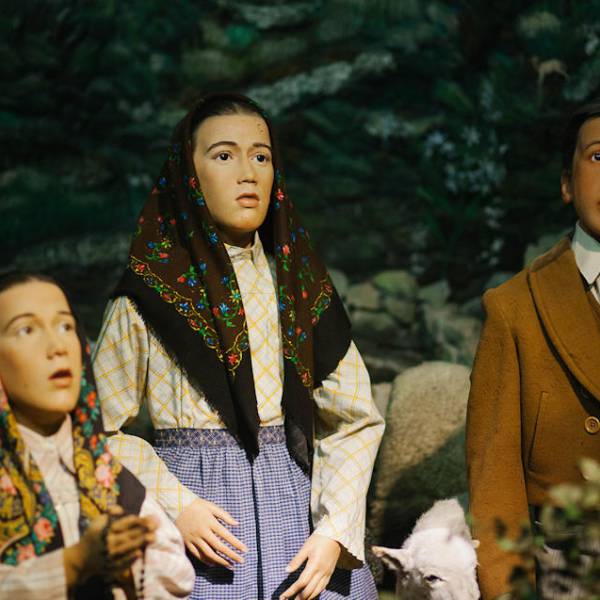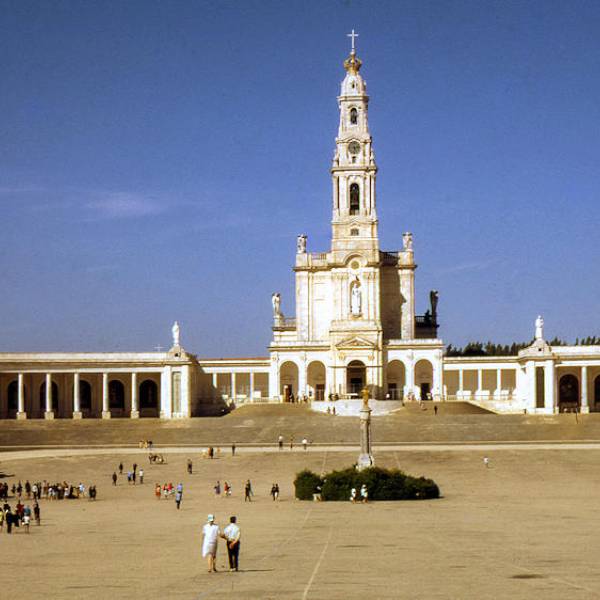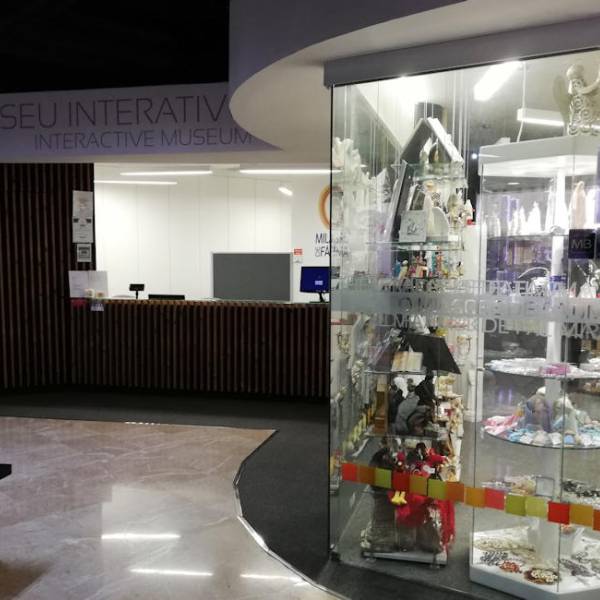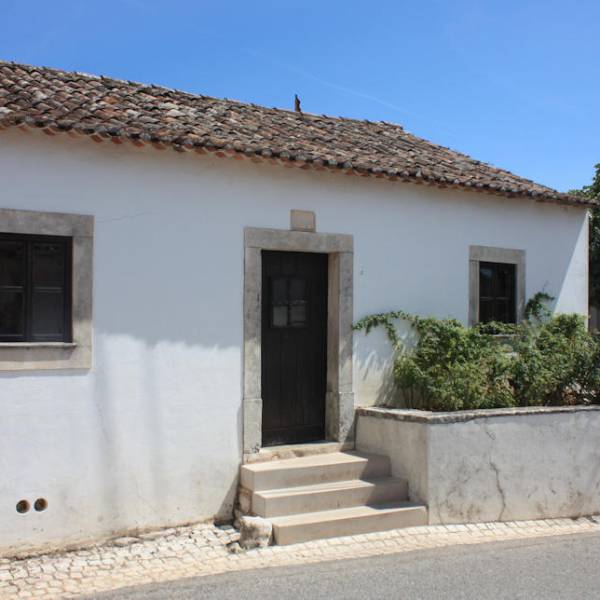The Chapel of Apparitions in Fátima is a must-visit day trip from Lisbon. Experience the sacredness of the place where the Virgin Mary appeared in 1917, immerse yourself in prayer, and witness the profound devotion of pilgrims from around the world.The Chapel of Apparitions in Fátima is a must-visit day trip from Lisbon. Experience the sacredness of the place where the Virgin Mary appeared in 1917, immerse yourself in prayer, and witness the profound devotion of pilgrims from around the world.
By 1919, the offerings collected by Maria dos Santos Carreira amounted to 357,000 réis and forty liters of olive oil. The chapel was built on the exact site of the apparitions that took place in Fatima in 1917. The construction was carried out by the stonemason Joaquim Barbeiro from Santa Catarina da Serra, between April 28 and June 15, 1919. On October 13, 1921, the celebration of the Holy Mass was officially permitted for the first time near the Capelinha. Maria dos Santos Carreira became popularly known as Maria da Capelinha, and the Cova da Iria gained a temple whose smallness was inversely proportional to its importance for pilgrims.
On March 6, 1922, the chapel was dynamited by unknown individuals but was reconstructed in the same year. In 1982, a large canopy designed by architect José Carlos Loureiro was built and inaugurated during Pope John Paul II's visit on May 12 of that year.
In 1988, during the Marian Year, the canopy of the chapel was covered with pine wood from Russia, specifically from the northern part of Siberia. This particular wood was chosen for its durability and lightweight properties. Throughout the years, the original Capelinha, although subject to minor repairs, has retained the characteristics of a popular hermitage.
Lisbon.vip Recommends
On May 13, 1920, the statue of Our Lady of Fatima was blessed in the Parish Church of Fatima by Reverend António de Oliveira Reis, the archpriest of Torres Novas. The statue was then enthroned in the Capelinha on June 13 of the same year. It was solemnly crowned on May 13, 1946, by the papal legate Cardinal Bento Aloisi Masella.
The golden crown was offered by a group of Portuguese women on October 13, 1942, as an act of thanksgiving for Portugal not entering World War II. It was crafted free of charge by 12 artisans from Leitão & Irmão in Lisbon over a three-month period. The crown weighs 1200 grams and is adorned with 313 pearls and 2679 gemstones. It also contains the bullet from the assassination attempt on Pope John Paul II in Rome on May 13, 1981, as a sign of gratitude to the Virgin Mary for saving his life.
Over the years, 12 "pilgrim" replicas of the image were created to meet the numerous requests for its presence in various locations in Portugal and abroad. In June 2013, the original statue left the Capelinha for the first time to undergo examinations of its state of preservation. The tests were conducted at the Polytechnic Institute of Tomar and revealed that the statue was in good condition considering its almost centenary age. Special security measures, including guards and insurance agents, were put in place for the statue's departure from Fátima.
The Chapel of Apparitions in The Sanctuary of Our Lady of Fátima, with its humble appearance and powerful spiritual significance, continues to draw countless pilgrims from around the world who seek solace, faith, and a connection to the miraculous events that unfolded in Fatima in 1917. It stands as a testament to the enduring faith and devotion of those who believe in the messages and miracles associated with Our Lady of Fatima.
Map View




